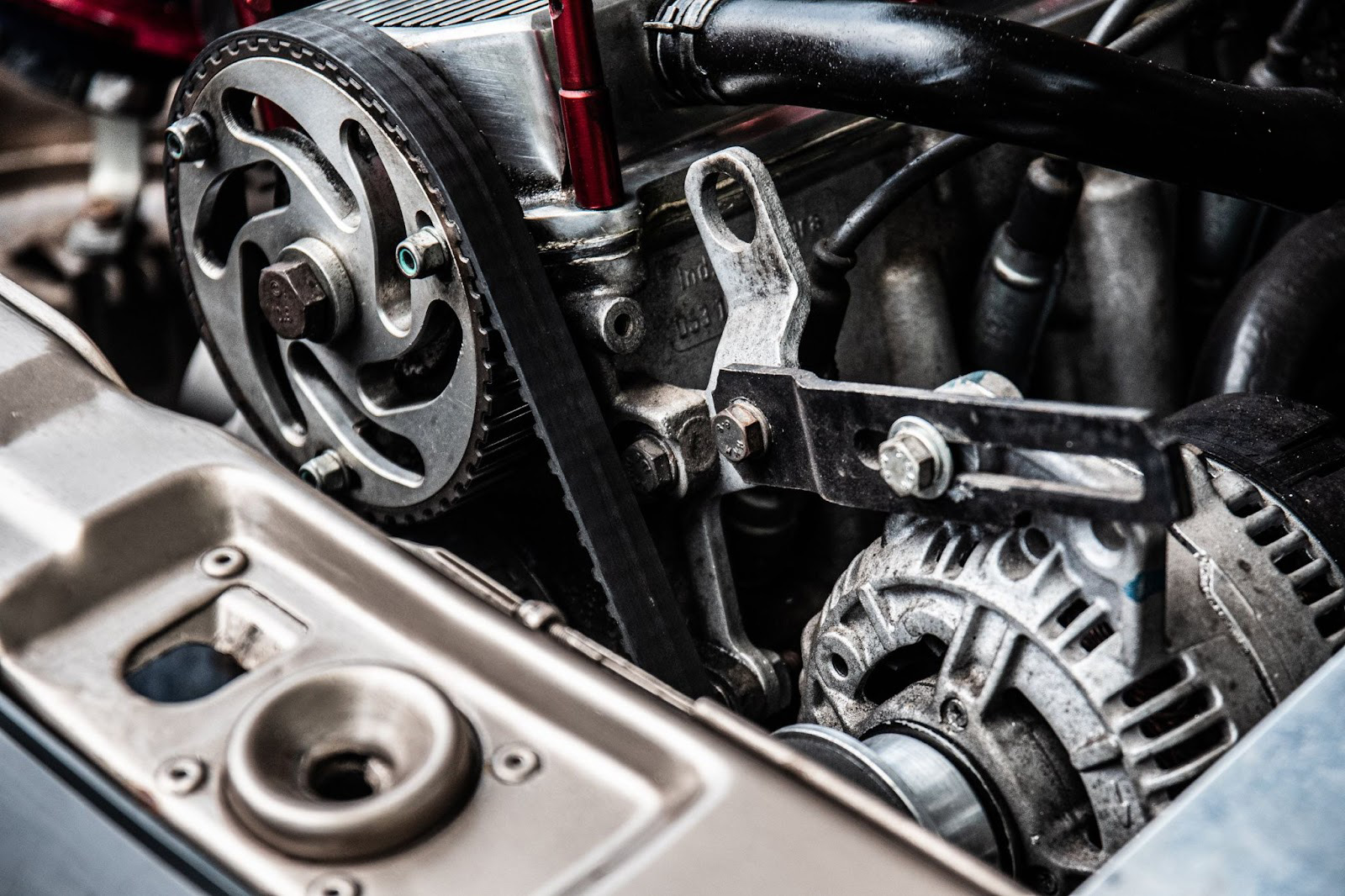
The Importance of OEM vs. Aftermarket Auto Parts
The Importance of OEM vs. Aftermarket Auto Parts: What Every Workshop Should Know
Introduction
In today’s highly competitive automotive industry, choosing the right spare parts can make the difference between a satisfied customer and a costly repair return. Auto repair shops, resellers, and even individual car enthusiasts often face the same question: Should I use OEM (Original Equipment Manufacturer) parts, or can Aftermarket alternatives deliver the same results?
Understanding the differences, strengths, and weaknesses of each option is crucial for building customer trust, managing budgets, and ensuring vehicles perform at their best. Distributors such as ECT AutoCore Trading help workshops worldwide access both OEM and high-quality aftermarket parts, giving them the flexibility to choose the right solution.
What Are OEM Parts?
OEM stands for Original Equipment Manufacturer. These are parts made either by the vehicle’s original manufacturer or by approved suppliers who follow strict factory specifications. In simple terms, an OEM part is essentially identical to the part that came with the car when it was new.
Advantages of OEM Parts:
-
Perfect Fit & Compatibility: OEM parts are engineered to match specific models, ensuring seamless installation and factory-level performance.
-
High Quality Standards: Every OEM component undergoes rigorous testing to meet the manufacturer’s safety and performance benchmarks.
-
Warranty Support: Many OEM parts include warranties that protect both workshops and customers from unexpected failures.
Disadvantages of OEM Parts:
-
Higher Cost: OEM parts are usually more expensive compared to aftermarket alternatives.
-
Limited Availability: Depending on the brand and region, OEM parts may not always be in stock, resulting in longer wait times.
ECT AutoCore specializes in sourcing OEM parts directly from European factories, giving resellers and workshops confidence in both quality and authenticity.
What Are Aftermarket Parts?
Aftermarket parts are produced by third-party manufacturers, not directly tied to the carmaker. They are designed to fit and function like OEM parts, but they may vary in quality, design, and price.
Advantages of Aftermarket Parts:
-
Lower Prices: Typically cheaper than OEM, making them attractive for budget-conscious customers.
-
Wide Variety: Numerous brands offer aftermarket versions of the same part, providing workshops with flexible options.
-
Availability: More accessible in local and international markets, often with faster delivery times.
Disadvantages of Aftermarket Parts:
-
Inconsistent Quality: While some manufacturers offer outstanding quality, others may fall short of OEM standards.
-
Potential Fit Issues: In rare cases, parts may not fit perfectly, requiring modifications.
-
Warranty Concerns: Most aftermarket parts don’t come with the same level of warranty coverage as OEM.
Suppliers like ECT AutoCore Trading solve this issue by carefully selecting aftermarket brands that meet European quality standards, ensuring workshops get reliable, affordable alternatives without compromising safety.
OEM vs. Aftermarket: Key Differences
-
Performance & Reliability
-
OEM: Consistently reliable and designed for maximum compatibility.
-
Aftermarket: Performance varies based on manufacturer; some high-end brands rival OEM quality.
-
-
Cost Considerations
-
OEM: Higher upfront cost, but long-term reliability may offset repair expenses.
-
Aftermarket: Lower cost, ideal for older vehicles or budget-friendly repairs.
-
-
Availability & Variety
-
OEM: Sometimes limited and slower to source.
-
Aftermarket: Wide variety of options, often available locally.
-
-
Warranty & Customer Trust
-
OEM: Backed by manufacturer warranty and trust in authenticity.
-
Aftermarket: May lack warranties but offers flexibility and affordability.
-
By working with ECT AutoCore, workshops can balance these factors more effectively—choosing OEM when authenticity is critical, or aftermarket when cost and speed are the priority.
When to Choose OEM Parts
-
Luxury and High-Performance Cars: For brands like Mercedes-Benz, BMW, Porsche, and Audi, OEM is often the safer choice due to engineering precision.
-
Warranty Repairs: Using OEM ensures compliance with warranty requirements.
-
Customers Who Value Authenticity: Many car owners prefer the peace of mind that comes with genuine parts.
ECT AutoCore Trading delivers OEM components directly from Germany and other European countries, making it easier for global workshops to maintain premium brands at factory standards.
When to Choose Aftermarket Parts
-
Older Vehicles: For cars no longer under warranty, aftermarket can provide a cost-effective solution.
-
Budget-Conscious Customers: When affordability matters, high-quality aftermarket parts can be the right choice.
-
Customization Needs: Aftermarket offers variations and upgrades not always available with OEM.
For these cases, ECT AutoCore supplies carefully sourced aftermarket solutions that combine affordability with proven reliability.
Case Study: European Brands
European carmakers like Mercedes-Benz, BMW, and Volkswagen are known for precision engineering. For these vehicles, OEM parts often guarantee the performance levels expected by customers. However, many reputable aftermarket suppliers also produce components for these brands, offering workshops the flexibility to balance cost and quality.
With its direct partnerships with European manufacturers, ECT AutoCore Trading supports workshops and resellers worldwide by offering both OEM and aftermarket solutions—helping businesses serve different market needs without compromise.
Conclusion
The debate between OEM and Aftermarket auto parts doesn’t have a single correct answer. Instead, the choice depends on vehicle type, customer expectations, budget, and availability.
Workshops and resellers must educate their clients, explaining that OEM offers unmatched compatibility and assurance, while aftermarket provides affordability and variety.
Ultimately, the best suppliers—such as ECT AutoCore Trading—empower businesses by offering both options. By understanding the strengths of each, workshops can deliver value, reliability, and satisfaction to every customer who drives through their doors.

